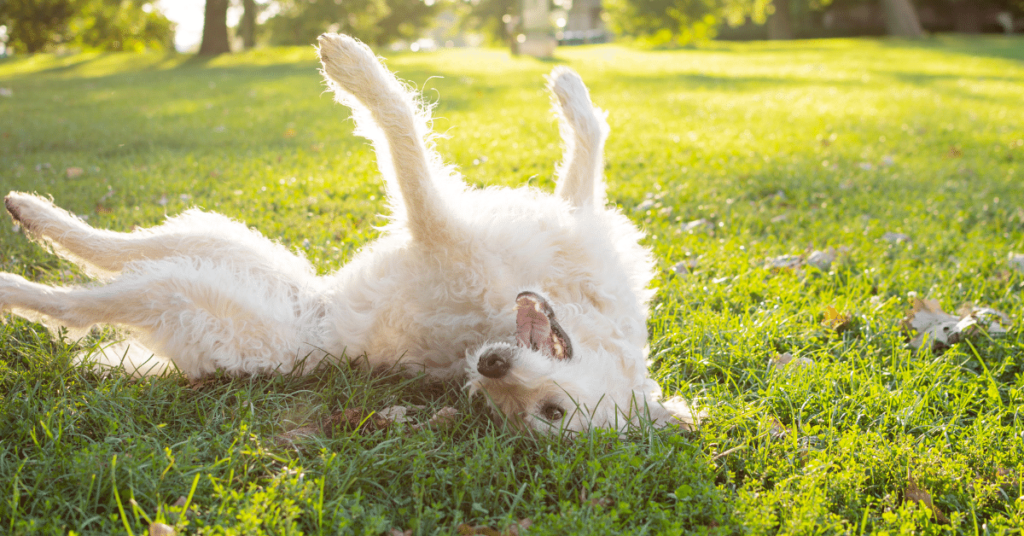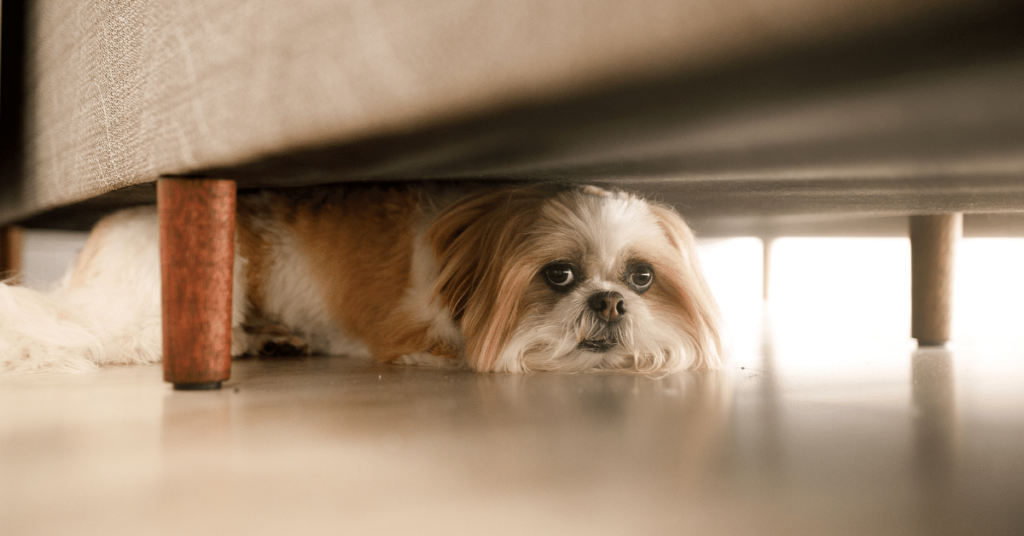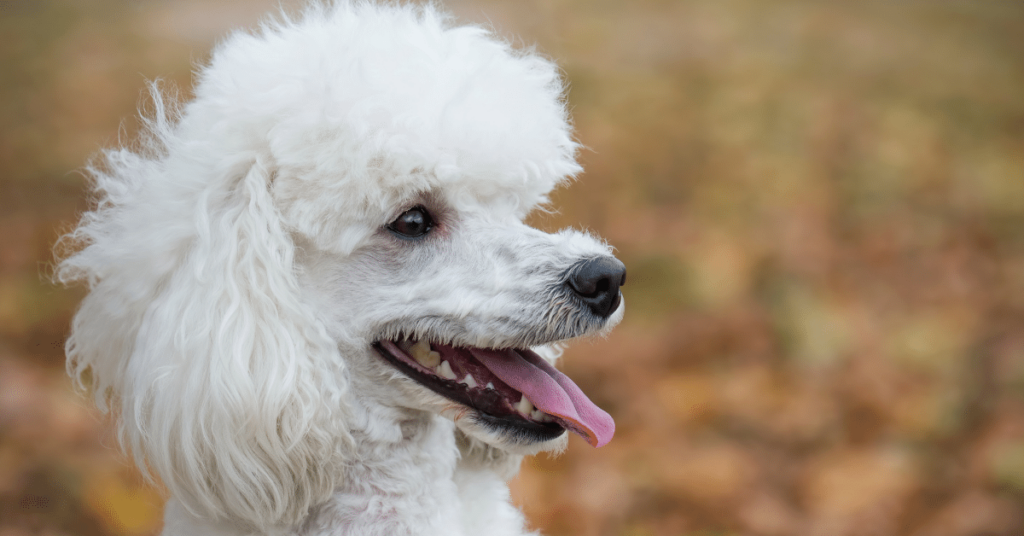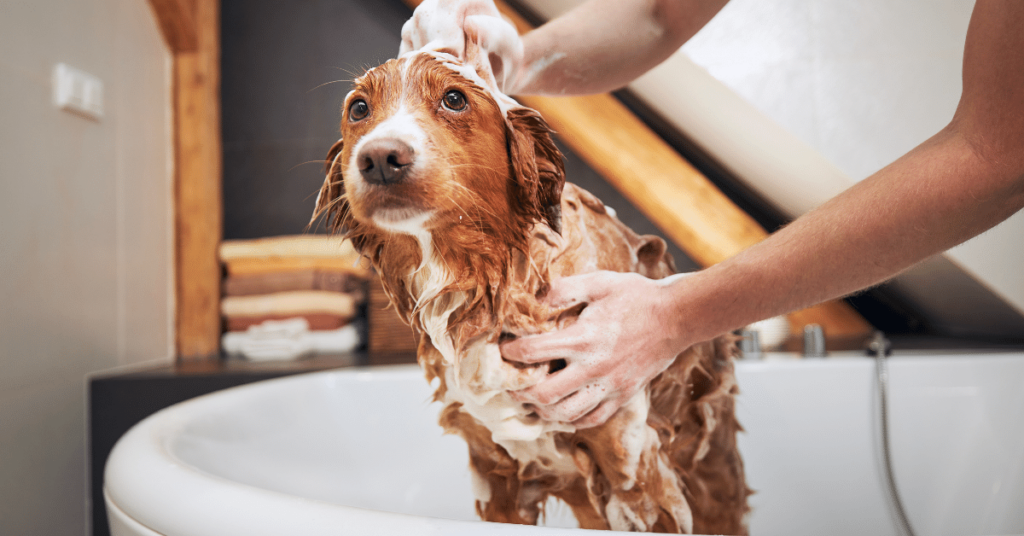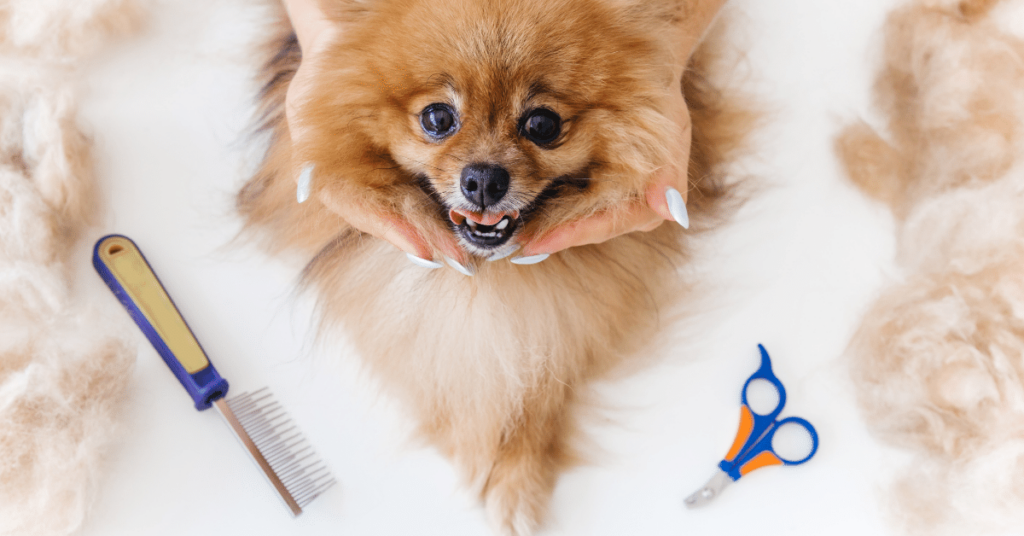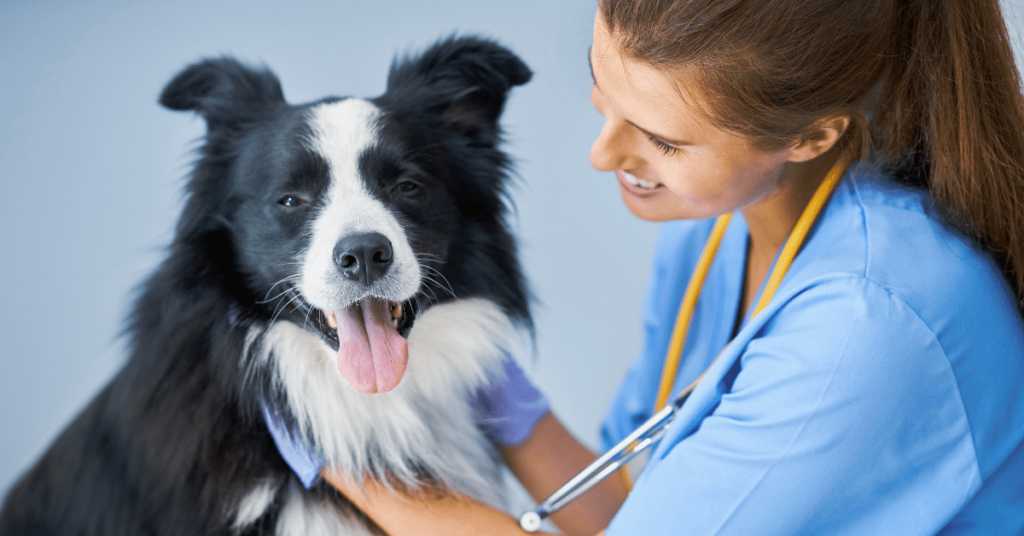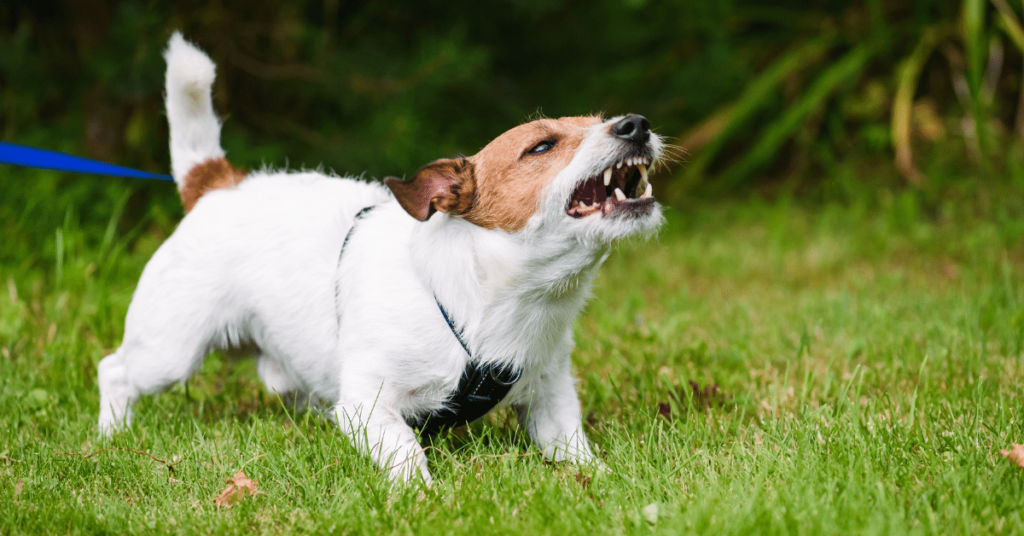Introduction
Bringing an excitable dog into your home can be a rewarding experience, but it also comes with its fair share of challenges. Hyperactivity and lack of impulse control are common issues that many dog owners face. Thankfully, teaching basic manners to excitable dogs is possible with patience, consistency, and effective training techniques. In this article, we will explore strategies to help your furry friend settle down and develop impulse control.
Understanding Excitability and Impulse Control
Before we jump into the training techniques, it is essential to understand the root causes of excitable behavior in dogs. Some dogs are naturally more prone to excitement due to their breed traits or individual personalities. Others may have learned to be hyperactive through lack of proper training or inconsistent boundaries.
Impulse control refers to a dog’s ability to pause and think before acting on its impulses. Dogs with poor impulse control often struggle to calm down in various situations, leading to unruly behavior and difficulty focusing on commands.
Training Techniques for Settling Down
1. Consistency is Key
Consistency is crucial when teaching basic manners to your excitable dog. Establishing a routine and sticking to it provides a sense of stability for your furry friend. Consistency helps them understand what is expected of them and encourages them to settle down in specific situations.
2. Reward Calm Behavior
Positive reinforcement is a powerful tool in training excitable dogs. Whenever your dog exhibits calm behavior, shower them with praise, treats, or their favorite toy. Reinforcing calm behavior creates an association between being calm and receiving rewards, which encourages them to settle down more often.
3. Provide Mental Stimulation
Mental stimulation is as important as physical exercise for dogs. Engaging their minds helps tire them out and encourages calm behavior. Use puzzle toys, treat-dispensing toys, and training sessions to provide mental challenges and keep your dog’s focus on a task.
4. Teach “Settle” or “Relax” Command
Teaching a specific command for settling down can be instrumental in managing excitable behavior. Choose a word like “settle” or “relax” and work on associating it with calm behavior. Start by using the command when your dog is naturally calm, gradually moving to using it in more exciting situations. Reward them when they respond to the command by settling down.
5. Include Regular Exercise
Regular exercise is essential for overall canine well-being but can also help reduce excitable behavior. Make sure your dog receives daily walks, play sessions, and opportunities for physical exertion. A tired dog is generally a calmer dog, making it easier to work on basic manners and impulse control.
Strategies for Impulse Control
1. “Wait” Command
Teaching your dog the “wait” command is invaluable in curbing impulsive behavior. Use this command when approaching doorways, crossing streets, or encountering exciting stimuli. Start by having your dog wait for short durations and gradually increase the time. Always reward them for patiently waiting.
2. “Leave It” Command
The “leave it” command teaches your dog to resist the urge to impulsively grab or approach something. Practice this command with items your dog may find tempting, such as treats or toys. Reward them generously when they choose to ignore the desired object and focus on you instead.
3. Controlled Socialization
Proper socialization is crucial for managing impulsivity in dogs. Gradually expose your dog to different environments, people, and animals in controlled settings. Start with calm, low-stimulus environments and gradually increase the difficulty level. Teach your dog to focus on you and respond to commands even when surrounded by distractions.
4. Impulse Control Games
Incorporating impulse control games into your dog’s training sessions not only helps with their self-control but also adds an element of fun. Games like “wait for the release” or “red light-green light” are great for practicing impulse control in a playful manner.
Summary
Teaching basic manners to excitable dogs requires patience, consistency, and effective training techniques. By understanding their excitable behavior and addressing impulse control, you can help your furry friend settle down and become well-mannered. Remember to reward calm behavior, provide mental stimulation, include regular exercise, and practice strategies for impulse control. With dedication and proper training, your excitable dog can become a calm and well-behaved companion.

